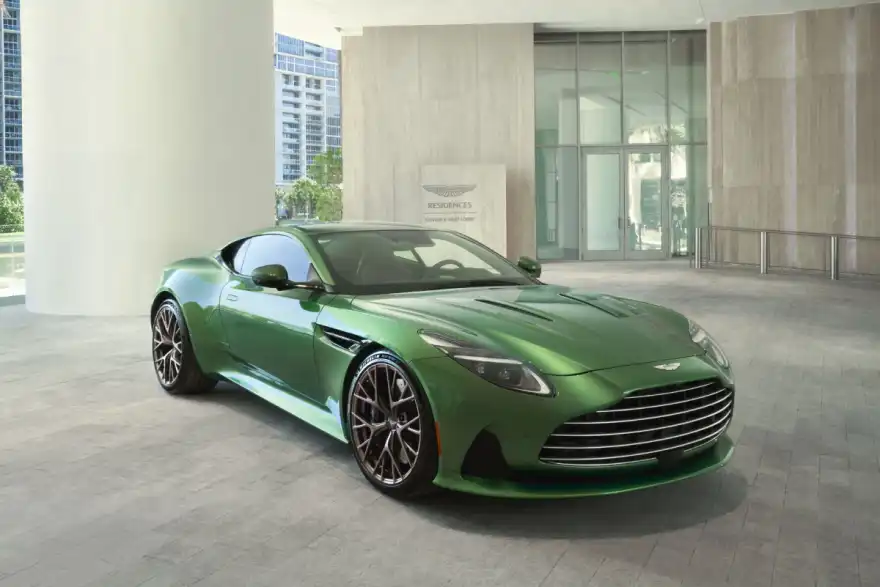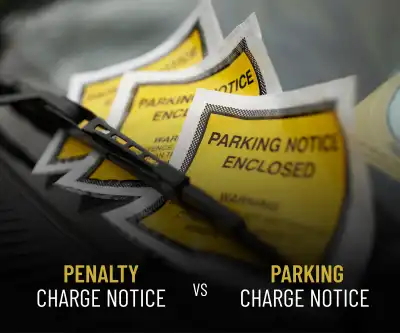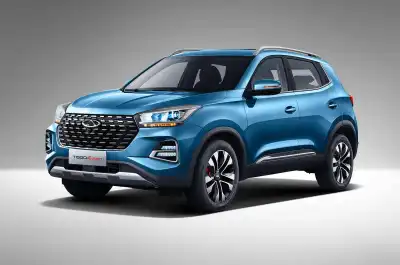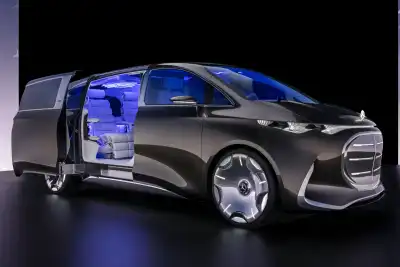
The British automaker also claims that this Grand Tourer is the world’s first Super Tourer – combining the long-range comfort of a transcontinental journey with the finesse and agility of a supercar.
It backs that declaration up with plenty of changes in this new model.
There are several driving modes: GT, Sport, and Sport Plus (which were in the DB11), as well as new Wet and Individual modes, the latter enabling you to set the car up as you wish. This is possible thanks to an all-new suspension system featuring intelligent adaptive dampers and an electronic rear differential.
As a result, Aston Martin says the difference between each driving setting is far more pronounced than it was on the DB11. Hence its claim that you can have the best of both worlds in terms of it being a GT car and a true supercar rolled into one.
The name itself is curious if you know the history of the DB line-up. Aston Martin famously skipped the DB8, going straight to the DB9, because it thought the DB8 would make people assume it had a V8 engine when, in fact, it had a V12.
Ironically, the DB12 is only available with a V8 engine.
But what a lump it is – a 4.0-litre twin-turbo producing 680PS, which, compared with the DB11, is nearly 180PS more than the V8 and over 40PS more than the now-discontinued V12.
If you didn’t know, Mercedes-AMG actually supplies Aston's engines, but we're told this new V8 has much more of Aston Martin's stamp on it - something that wasn't the case in the past.

Zero to 62mph takes just 3.6 seconds, with a top speed of 202mph.
The beefier mill is due to a raft of subtle but significant changes, including modified cam profiles, optimised compression ratios, and larger-diameter turbochargers.
The car is littered with sensors, too, including a six-axis inertia measurement unit. In plain English, this tech can provide ultra-precise real-time measurements of what the car is doing. It also predicts the level of grip available and adjusts itself to maximise traction.
The car has a wider track compared with the DB11 and, as is becoming the norm on Astons, a wider grille that dominates the front end even more than it used to, partly to improve cooling. Some shapely bodywork on either side also forms substantial air intakes, which work their way underneath the large grille, creating a front splitter.
The DB12 looks more menacing than the DB11. The downward curve at the front of the bonnet remains slightly more upright than its predecessor, while the bonnet air vents are now in the centre rather than out to the edges.
The DB11's clamshell is one notable departure. The DB12's bonnet now opens more conventionally, making it easier to access and admire the engine.
Moving around the side, the wheel arches sweep back, with the fenders appearing to be cutouts from the arches themselves, as was the case on its forerunner. The side skirts look far more sculpted on the DB12.
The rear is the only place you'll struggle to notice a difference. The same theme is retained, featuring boomerang-shaped taillights that wrap around the edges of the spoiler. The exhaust tips look similar, while the numberplate remains in the low position of the DB11, sitting beneath the bodywork.
The DB12’s 21-inch alloys are an inch bigger yet 8kg lighter than the DB11's. They are wrapped in Michelin Pilot S5 tyres, exclusive to the DB12, and provide a 20 per cent reduction in tyre noise thanks to noise-cancelling polyurethane foam inserts in their carcasses. Meanwhile, optional carbon ceramic brakes shave 27kg off the car compared with the standard brakes, resisting brake fade at temperatures up to 800°C.

There are plenty of significant changes inside, too, which can only be good.
Interior design has evolved so quickly on cars in recent years that the DB11’s cabin layout seems dated already, with the infotainment screen and climate controls looking like they haven't aged well. Happily, the DB12 brings the interior into the modern day with a rising centre console that looks like it’s ready to receive a captain’s commands.
The 10.25-inch infotainment touchscreen sits beneath the air vents, while the newly revised steering wheel looks more opulent, with buttons covering the spokes on each side of the horn.
For the first time, Aston Martin has developed the infotainment system in–house, and the automaker promises it's easy to use and superbly responsive.
The system is accompanied by a digital instrument display, which is now one flat screen behind the steering wheel rather than being divided into sections as it was on the DB11. That means a better display for the navigation, provided with 3D mapping, while Apple CarPlay, Android Auto, over-the-air updates and Aston Martin's smartphone app greatly enhance your immersion.
Even the damping on the buttons feels premium. There are 'roller buttons' to adjust the volume and temperature, while a small rocker switch has now replaced the individual buttons to select which gear you want to be in.
The cabin, too, is decorated with lots of carbon fibre trim. Fifteen speakers provide audio, although they are an optional extra. The standard audio system has eleven speakers.
A suite of safety systems is also provided, including adaptive cruise control with stop and go, plus speed limit adaptation, traffic sign recognition, lane keep assist, lane departure warning, lane change assist, and front and rear cross-traffic assist. Driver drowsiness detection and a 360-degree 3D surround view monitor are also included as standard.
Aston Martin claims the DB12 is bolder, purer, sharper, finer and fiercer.
Although we have yet to drive it, with a recipe like this, we can see the iconic British marque delivering on all the above with aplomb.
The Aston Martin DB12 is on sale now, with prices starting at around £185,000. The convertible Volante model will set you back nearer £200,000 before options.




